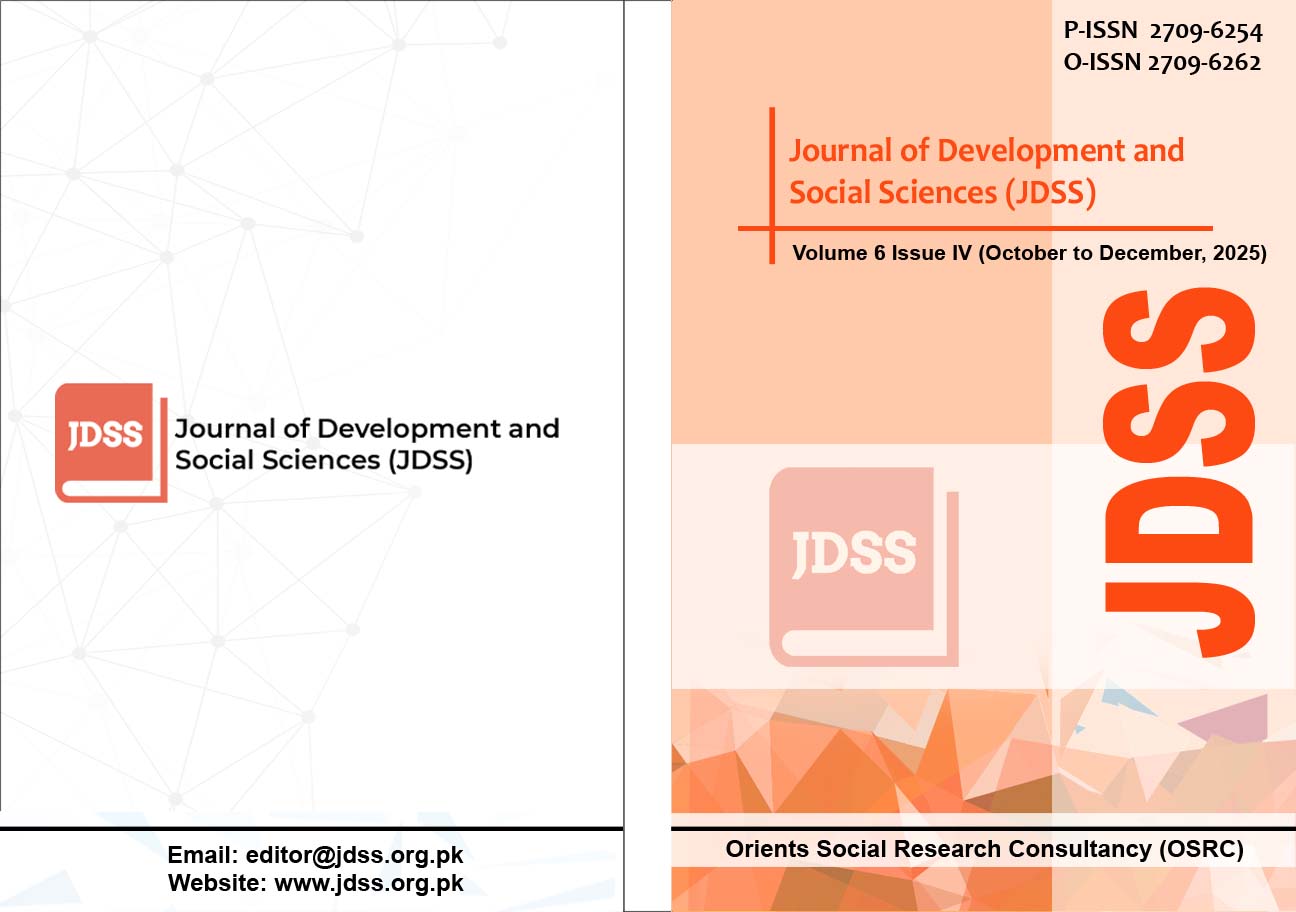Pakistan’s Strategic Resurgence: A Neoclassical Realist Analysis of the Saudi–Pakistan Defence Pact in a Changing Middle East
DOI:
https://doi.org/10.47205/jdss.2025(6-IV)12Keywords:
Pakistan, Saudi Arabia, Defence Pact, Israel–Palestine Conflict, Neoclassical Realism, Middle East, Muslim-World DiplomacyAbstract
The purpose of the research is to examine the factors that resulted in the strategic resurgence of Pakistan in the context of broader security dynamics of Middle East. As a result of this deal, Pakistan has gained diplomatic visibility and strengthened its ties with Palestine symbolically. This study utilizes a Neoclassical Realist framework to demonstrate that systemic pressures and domestic factors shape the resurgence of Pakistan. The study utilizes qualitative methods to analyse policy papers, think-tank reports, and media reports through content analysis. The findings reveal that the Saudi-Pakistan Defence Pact has increased Pakistan’s regional visibility and strategic significance. It has resulted in new security partnerships and support for the Palestinian cause. The pragmatic approach of Pakistan has been limited due to the power imbalance in the Israel-Palestine conflict and constraints within domestic factors, i.e. economy and governance. Pakistan must construct a foreign policy that bridges ideological premises with a practical engagement with Muslim states for strategic resurgence with a view to restoring lost economic, political and cultural prestige.
Downloads
Published
Details
-
Abstract Views: 410
PDF Downloads: 255
How to Cite
Issue
Section
License
Copyright (c) 2025 Journal of Development and Social Sciences

This work is licensed under a Creative Commons Attribution-NonCommercial 4.0 International License.

ORIENTS SOCIAL RESEARCH CONSULTANCY (OSRC) & Journal of Development and Social Sciences (JDSS) adheres to Creative Commons Attribution-Non Commercial 4.0 International License. The authors submitting and publishing in JDSS agree to the copyright policy under creative common license 4.0 (Attribution-Non Commercial 4.0 International license). Under this license, the authors published in JDSS retain the copyright including publishing rights of their scholarly work and agree to let others remix, tweak, and build upon their work non-commercially. All other authors using the content of JDSS are required to cite author(s) and publisher in their work. Therefore, ORIENTS SOCIAL RESEARCH CONSULTANCY (OSRC) & Journal of Development and Social Sciences (JDSS) follow an Open Access Policy for copyright and licensing.







